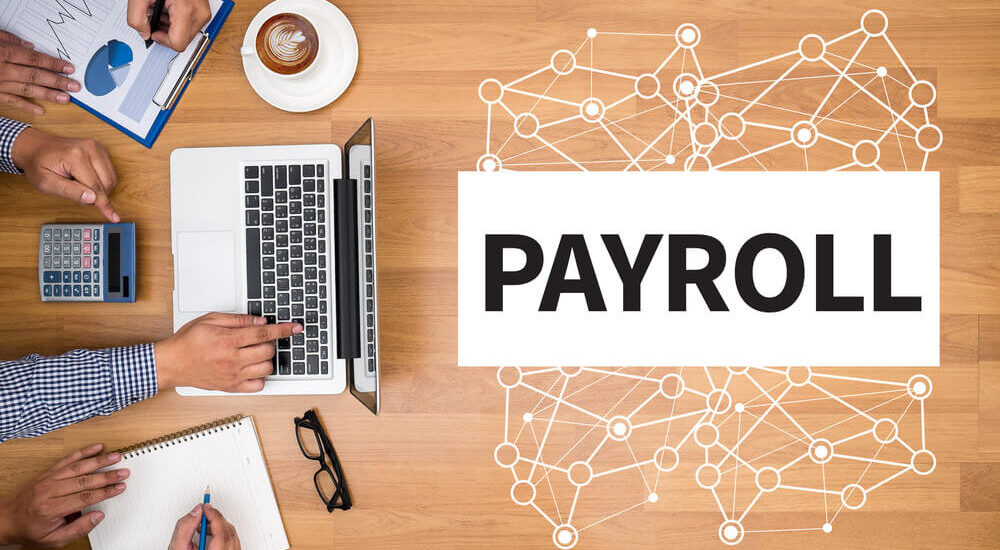Payroll has important significance in accounting practice. It’s typically the largest operating cost and in the past, it was a common place to find fraud. There are four major reasons that it’s more difficult for fraud these days: 1) segregation of duties; 2) computers with proper controls for payroll preparation, 3) frequent filing of payroll reports with the government, and 4) very common practice of outsourcing payroll function.
Internal controls over payroll function
The basic strategy of segregations of functions and the key to making is difficult for fraud to occur is to assign separate folks to handle: 1) employment personnel, 2) timekeeping, 3) payroll preparation and record keeping, 4) distribution of pay to employees.
To assess our internal controls over payroll processes let us ask next questions:
- Are employees paid by check or direct deposit?
- Is a payroll bank account maintained on an imprest basis?
- Are the activities of timekeeping, payroll compilation, payroll check signing, and paycheck distribution performed by separate departments or employees?
- Are employee time reports approved by supervisors?
- Is the payroll bank account reconciled monthly by an employee having no other payroll duties?
- Are all operations involved in the preparation of payrolls subjected to independent verification before the paychecks are distributed?
Answers on these questions should draw the clear picture of our internal controls and point out weaknesses and deficiencies of payroll process.
The plan for the test of controls for payroll
There is a list of specific procedures to follow for payroll transactions. We perform tests of controls over payroll transactions for selected pay periods, including the following specific procedures:
- Compare names and wage or salary rates to records maintained by the HR department.
- Compare time shown on payroll to timecards and time reports approved by supervisors.
- If payroll is based on piecework rates rather than hourly rates, reconcile earnings with production records.
- Determine basis of deductions from payroll and compare with records of deductions authorized by employees.
- Test extensions and footings of payroll.
- Compare total of payroll with total of labor cost summary prepared by cost accounting department.
- If wages are paid in cash, compare receipts obtained from employees with payroll records.
- If wages are paid by checks, compare paid checks with payroll and compare endorsements to signatures on withholding tax exemption certificates.
- If wages are paid by direct deposit, compare listings of employee payments with payroll and direct deposit authorization.
- Observe the use of time clocks by employees reporting for work and investigate timecards not used.
Data analytics tests of payroll
The benefits of data analytics allow us to review the entire payroll pool instead of analyzing a statistical sample or separate transactions. Consider the list below for data analytics procedures to test payroll:
- Identify duplicate payroll checks (also, direct deposits or cash payments) to employees within pay periods.
- Identify multiple payments to the same bank account within pay periods, both with the same and different employee names.
- Identify pay deposited to the same bank account of that of vendor in the vendor master file.
- Identify false, invalid or duplicate SSNs.
- Identify differences in pay between labor union agreements and actual payments.
- Compare and summarize costs for special pay, overtime, and premiums.
To perform all these procedures in seconds we can use various analytical tools and software. Let us look at them in our next article.



